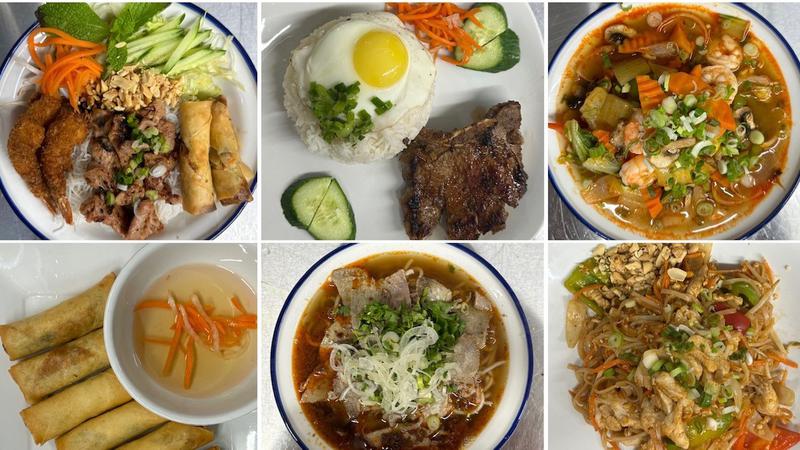
Agriculture Roundup for Friday March 19, 2021
MELFORT, Sask. — An international team has successfully completed decoding the genome of rye.
Researchers at the University of Saskatchewan (USask) and IPK Leibniz Institute in Germany accomplished the task despite ryes’ large size and complexity.
Rye is a distinctly climate-resistant cereal plant of considerable importance for Germany and northeastern Europe. In Canada, most rye is grown in Saskatchewan and Manitoba.
USask professor Curtis Pozniak said rye is one of the most cold-tolerant cereal crops and can survive the harshest winters typical of the Canadian Prairies.


